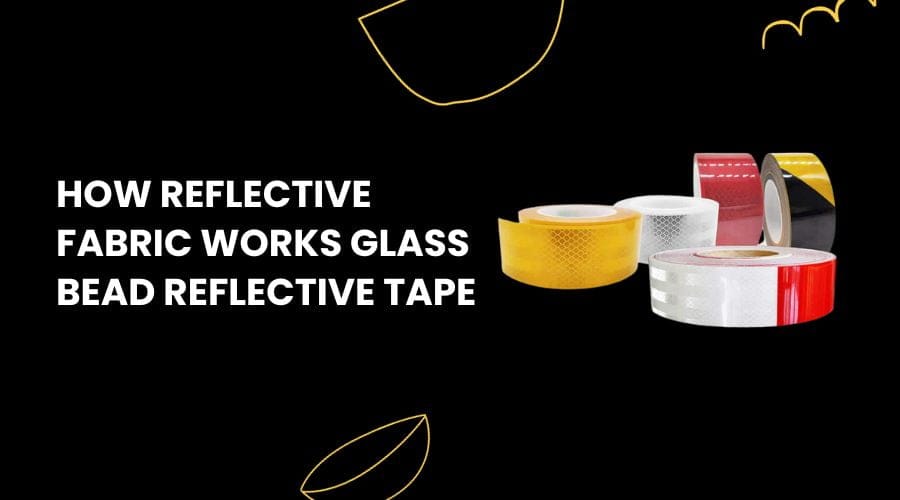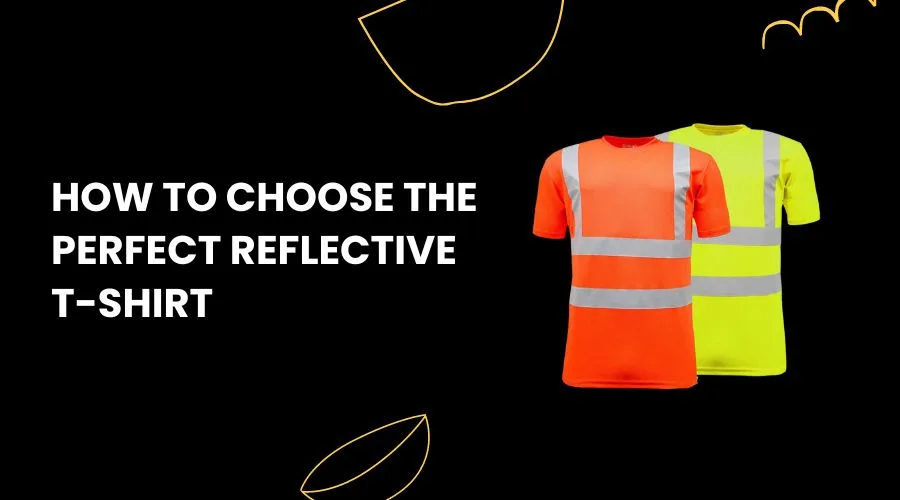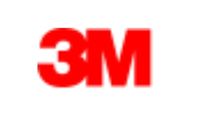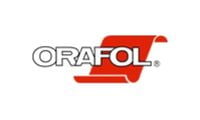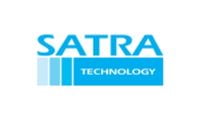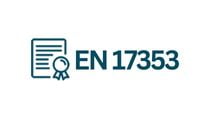The reflective material and Reflective Fabric find extensive application in the domains of road traffic, mining, firefighting, and special operation gear. Because of its brilliant reflection effect, which has become more common in recent years, it may effectively improve object visibility in low light and provide safety.
Retro-reflective properties are the most important properties of reflective fabrics. The diameter of the glass beads, the number of microspheres on the surface of the reflective fabric, and the covering area of the surface microspheres have a great influence on the retroreflection. When the diameter of the glass bead is larger than the surface of the surface, the retroreflection coefficient increases and the retroreflection properties of the reflective fabric can be improved.
Introduction
Retro-reflective materials or reflective materials, with high refractive index glass beads or prism lattice as the core material, using optical refraction and reflection principle; the incident light in a certain range of incident and reflected light along the opposite direction of incident light returned, and when the direction of the incident light in a large range, can still keep this characteristic.
What is Reflective Fabric?
Reflective fabric is a specialized material designed to enhance visibility in low-light conditions. are extensively utilized in various clothing and accessories, including hats, footwear, costumes, helmets, leg and arm bands, and packing cases like backpacks.
These fabrics reflect light using components like metallic threads, polymers, and organic dyes. These metallic threads are woven into the fabric and reflect light into the viewer’s eyes. Reflective fabrics possess a high reflectance value and can serve to insulate against the cold in winter and disperse the heat in summer.
How reflective tape works
The reflective part of the reflective tape is made by an advanced process using high refractive index glass beads that return to the principle of reflection and are post-processed through focusing. It can reflect direct light from a distance back to the luminous place and has good retro-reflective optical properties both in the daytime and at night. Especially at night, it is as highly visible as during the day. The reflective tape is not reflective at every angle. It depends on whether there is a light source coming from every angle; if there is a light source coming, it will play a reflective role.
Micro Glass Bead Reflective Material
Retroreflectivity helps the eye perceive objects in low-light conditions when illuminated by a light source. In more scientific terms, Micro Glass Bead Reflective Material occurs when light rays are returned in the direction from which they came.
Some objects, such as light bulbs and fireflies emit light making them visible at night. Reflectivity, on the other hand, bounces light from another source such as a car’s headlight in order to be seen at night.
Retroreflection occurs when surfaces return a portion of the directed light back to its light source, as opposed to scattering the light in all directions. Retroreflective surfaces are excellent for night visibility.
Reflective Material
Reflective materials, like glass bead reflective tape, revolutionize visibility and safety. Utilizing microscopic glass spheres, these materials bounce light back toward their source, ensuring enhanced visibility in low-light conditions. According to the principle of retro-reflection, the core components of reflective materials can be divided into two categories.
Glass bead
Glass bead is a new type of material developed in recent years. It is a Yolite-used and uniquely developed glass (or ceramic) sphere with hundreds of microns to a few millimetres in diameter, including hollow, solid, and porous glass beads. A glass microsphere is made of borosilicate. It has good optical performance, spherical lens characteristics, strong impact resistance, good rolling properties, low thermal conductivity, and is lightweight as a filler material.
Solid glass beads, which have high hardness, symmetry, smoothness, and resistance to wear and acid, are used in the reflecting material. Their products are semitransparent due to the colourless and transparent microbeads, which have no bearing on the colour selection. TiO₂、BaO、ZrO₂、ZnO、SiO₂ beads are typically used in glass or plastic to create an eye-catching effect. Based on their refractive index, the solid microspheres can be further classified as high-refraction glass microspheres, ultra-high-refraction glass microspheres, and ordinary refraction microspheres.
Microprism
A prism contains more than two transparent bodies of non-parallel planes, the main function of which is to change the direction of the light by reflection. According to the shape classification, there are main-angle prisms, rhombic prisms, five-angle prisms, trapezoid angular prisms, and prisms. The reflection prism and the splitter prism are divided according to the type of reflection. The reflection prism has the above 5 shapes, and the most representative is the full reflection prism, which is changed to 90 or 180 from the direction of a prism light. The micro prism, now used as a reflective material, is transformed from a cubic right-angle prism to a better triangular prism with a reverse reflection effect.
Glass Bead Tape
Glass bead tape is the oldest and most common reversible reflective tape. These tapes reflect light through thousands of tiny glass beads embedded within the tape. Each glass bead reflects light to the source.
Retroreflective sheeting uses tiny glass beads to reflect light. Made from optical-grade glass, these perfect microscopic spheres are coated on one side with aluminum and then organized aluminium-side down and adhered to the material to create a reflective surface.
Classification and structure of reflective materials
According to the reflective material, the reflective materials can be divided into glass beads and micro prism. The glass bead can be divided into the homogeneous glass microsphere and the variable refractive index ball lens reflector.
Homogeneous glass microbead-type reflective material
When the incident light is parallel to the optical axis, the inverse performs better as a reflector because the glass bead functions as a thick, surface micro-spherical lens of the incident light converged on the glass beads.
The Reflective Fabric material is made by using high refractive index glass beads to concentrate the incident light in a narrow light cone angle, and silver plated or coated aluminium as the retroreflector to make the light return to the light source. It has a strong retro reflection function and produces a bright visual reflection effect.
Microprism reflective material
The microprism type reflective material usually uses the three-prism microcrystal structure to form its core. The reflection of the lattice reflections highlighted the reflective surface is inlaid in the strip, effectively preventing dust and rain to make it more durable, wear-resistant and easy to clean.
The gloss is shining, which is three to four times higher than that of the traditional products. The plastic micro prism has the same specifications. It can be arranged on the substrate accurately and without gaps and can be well adhered to the substrate by mechanical compression.
Reflective fabric processing technology
According to the coating method of the glass bead on the base cloth, the reflective fabric was prepared by the bead method, the planting bead method and the transfer method.
Multichannel processing method
Base cloth, coating layer, coated reflection layer, coated glass bead layer and post-treatment (coated with transparent resin, waterproof, etc.).
One-way processing method
To prepare the retroreflective fabric, all the materials needed, including glass beads, reflective layer materials, pigments, and adhesives, are combined into a printing liquid or coating solution. Next, a coating or printing is applied to a base cloth to create the retroreflective fabric.
Method of planting beads
Planting beads were divided into electrostatic planting beads and sprinkling bead methods. The electrostatic planting bead method uses the high voltage electric field to adsorb the glass beads on the fabric. The sprinkling bead method is the glass beads evenly in the adhesive-coated fabric. The process is as follows: base cloth, bottom coating or dip coating, coated reflecting layer, coating adhesive, planting bead and post-treatment.

